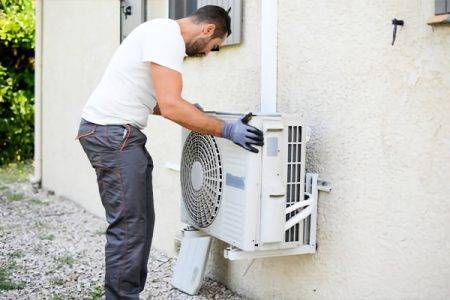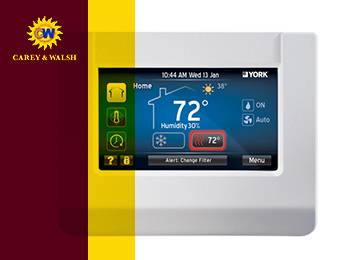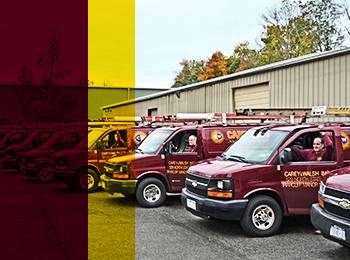
Dreading that skyrocketing electricity bill come summer? Soaring temperatures often lead to soaring AC usage, but it doesn’t have to mean sacrificing comfort for your budget. This post unveils powerful strategies to optimize your residential air conditioning efficiency. We’ll explore clever tweaks, from low-cost adjustments to potential upgrades, that can significantly reduce your operating costs without compromising cool comfort. Get ready to transform your AC system into a money-saving machine and enjoy a more energy-efficient summer!
Understanding Residential Air Conditioning Operating Costs
Air conditioning systems are integral to maintaining comfort in our homes during the hot months. Yet, the convenience of living in a cool, comfortable environment comes with its set of costs. Understanding these costs is the first step toward managing and ultimately reducing them. Here, we break down the main factors that influence your air conditioning operating costs and how different types of air conditioners can impact your energy bills.
Factors Influencing Operating Costs
- Energy Consumption: The most significant factor affecting operating costs is the amount of energy your air conditioning system uses. This consumption is measured in kilowatt-hours (kWh) and varies based on the unit’s efficiency, the size of the space being cooled, and the duration of use.
- Maintenance Frequency: Regular maintenance can keep your system running efficiently, while neglecting it can lead to decreased efficiency and higher operating costs. Factors such as dirty filters or leaking ducts can strain your system, causing it to use more energy to cool your home.
- System Efficiency: The Seasonal Energy Efficiency Ratio (SEER) rating of an air conditioner measures its efficiency. Higher SEER ratings indicate more efficient units that cost less to operate over time.
- Age of the Unit: Older units tend to be less efficient than newer models due to advancements in technology and wear and tear over time. An outdated air conditioner can significantly increase your energy bills.
Types of Air Conditioners and Their Costs
- Central Air Conditioning: Often the most expensive option to operate due to the extensive cooling of an entire home. However, its cost can be mitigated with high-efficiency models and proper maintenance.
- Window Units: Generally used to cool single rooms. While less expensive to operate than central systems, their efficiency varies widely based on the model and how well they fit the window space to prevent air leaks.
- Ductless Mini-Split Systems: These units offer a balance between efficiency and cost, cooling specific areas without the need for ductwork. Their upfront cost is higher, but they can be more economical in the long run due to their high efficiency and lower operating costs.

Strategies for Reducing Air Conditioning Operating Costs
Optimizing the efficiency of your residential air conditioning is key to minimizing its operating costs. Implementing effective strategies can lead to substantial savings on your energy bills, all while keeping your home comfortably cool. Here are some practical approaches to achieve this balance:
Regular Maintenance and Tune-ups
- Scheduled Cleaning: Ensure air filters are cleaned or replaced regularly to prevent dust and debris from hindering airflow and efficiency.
- Professional Inspections: Annual inspections by a professional can catch and address issues that may impair your system’s efficiency, such as leaks or mechanical wear and tear.
Thermostat Management

- Smart Thermostats: Installing a smart thermostat can lead to significant savings. These devices automatically adjust the temperature based on your schedule and preferences, ensuring the system is only used when necessary.
- Optimal Temperature Settings: Keeping your thermostat set to a recommended temperature (usually around 78°F when at home) can prevent the system from overworking, thereby reducing energy consumption.
Enhancing Home Insulation
- Seal Leaks: Check windows, doors, and ductwork for leaks and seal them to prevent loss of cool air. This can drastically reduce the workload on your air conditioning system.
- Add Insulation: Improving insulation in your walls and attic helps maintain your home’s internal temperature, minimizing the need for constant air conditioning.
Utilizing Ceiling Fans and Natural Ventilation
- Ceiling Fans: Use ceiling fans to circulate air within rooms. This allows you to set the thermostat a few degrees higher without sacrificing comfort.
- Natural Cooling: On cooler days or evenings, turn off the air conditioner and open windows to let in fresh air. This not only reduces energy use but also improves indoor air quality.
By integrating these strategies, you can enhance the efficiency of your air conditioning system, leading to reduced operating costs. Each step, from regular maintenance to smart thermostat use and home insulation improvements, contributes to a more energy-efficient and cost-effective cooling strategy for your home. As we continue to seek ways to optimize our living environments, these measures prove invaluable in achieving a comfortable, economically sustainable home.
Take Control of Your Comfort and Costs! 🌡️💰

Embrace the journey towards a cooler, more cost-effective home today. Implementing these strategies ensures your comfort doesn’t come at a premium. With Carey & Walsh, Inc., you’re not alone in this endeavor. Let us guide you in making your air conditioning system a paragon of efficiency. Your wallet and the planet will thank you! 🌍💼


